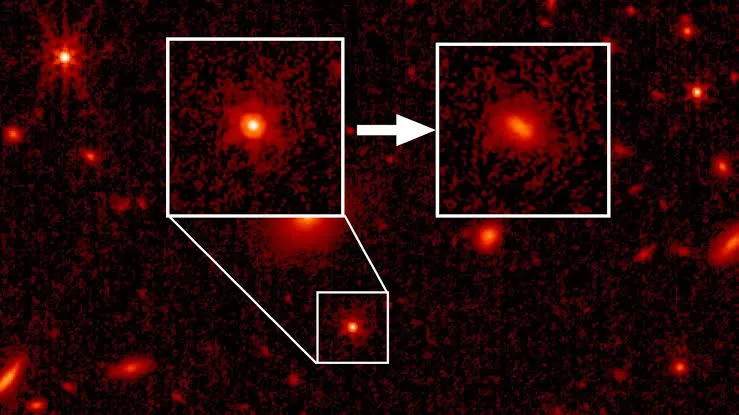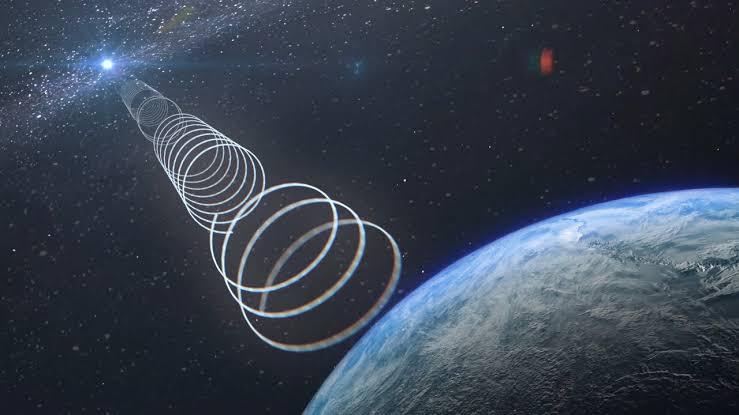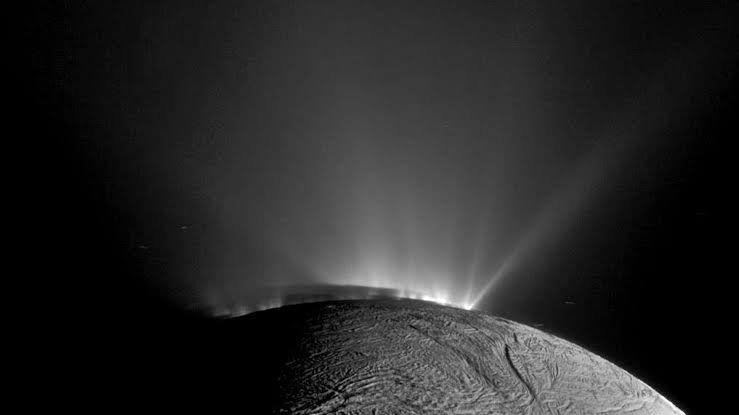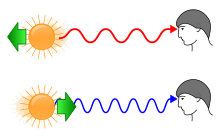The James Webb Space Telescope (JWST) has made another groundbreaking discovery, this time by seeing the first starlight from ancient quasars. Quasars are extremely bright objects that are powered by supermassive black holes at their centers. They are among the most distant objects in the universe, and their light has...
Introduction: SETI Project Looks for Technosignatures Humanity's age-old fascination with the possibility of life beyond Earth has fueled endeavors like the Search for Extraterrestrial Intelligence (SETI). The idea that we might one day receive a signal from an advanced extraterrestrial civilization is both tantalizing and scientifically profound. What Are Technosignatures?...
The James Webb Space Telescope (JWST) has spotted a 9,000 km long water plume erupting from the surface of Saturn's moon Enceladus. The plume was first detected by the Cassini spacecraft in 2005, but JWST's observations are the first to provide such a detailed view of the source of the...
Redshift and blueshift are two phenomena that describe how the frequency of light changes when an object is moving relative to an observer. When an object is moving away from an observer, the light from the object is redshifted, which means that the wavelength of the light increases and the...
Detailed about Hubble space telescope. The Hubble Space Telescope is a space observatory that orbits around the Earth, and it was launched into space in 1990 by the NASA Space Shuttle Discovery. Its primary objective is to provide astronomers with clear and detailed images of celestial objects located in deep...





